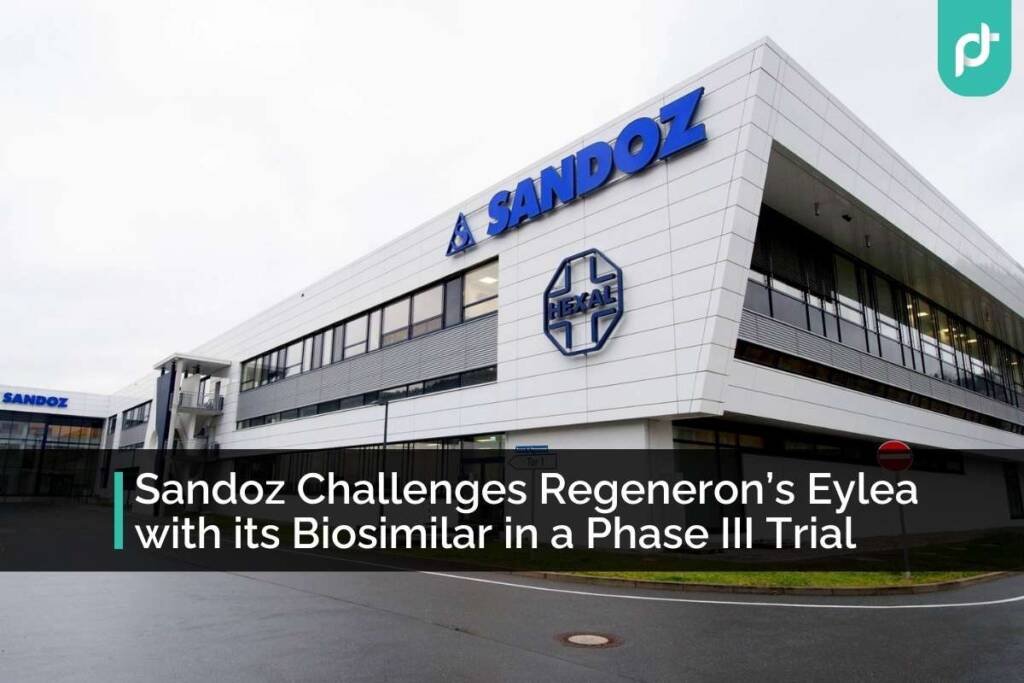Regeneron finds itself at a crossroads as its blockbuster eye drug Eylea contends with an FDA rejection and growing competition from biosimilar contenders. Novartis subsidiary Sandoz recently announced promising results from a Phase III trial, indicating that its Eylea biosimilar exhibited no clinically meaningful distinctions from the originator drug in patients with wet macular degeneration. The trial confirmed therapeutic equivalence in enhancing patients’ best achievable vision.
Sandoz is now preparing to submit the Eylea biosimilar for regulatory approval in the US and EU in the forthcoming months. This development marks the latest in a series of biosimilar candidates aiming to challenge Eylea’s market presence. Viatris initially filed an Eylea biosimilar in the US in 2021, later acquired by Biocon Biologics through a $3 billion significant transaction.
Additionally, collaborative efforts between Formycon and Coherus BioSciences yielded a biosimilar filing in June, followed closely by a separate application from Celltrion. Samsung Bioepis, partnered with Biogen, achieved promising results with their Eylea biosimilar coded SB15, demonstrating equivalent efficacy in treating neovascular age-related macular degeneration.
Despite the expiration of Eylea’s composition of matter patent in June, regulatory exclusivity persists until May 2024 due to a pediatric exclusivity extension. Moreover, Regeneron holds formulation and methods of use patents stretching into 2032, further protecting their intellectual property.
Biosimilar developers have actively challenged Regeneron’s patents, with Samsung Bioepis submitting an inter partes review petition against an Eylea patent in April. Amid this patent dispute and new competition, Regeneron also grapples with an FDA rejection of its high-dose Eylea due to manufacturing concerns at Catalent’s facility.
Looking ahead, Regeneron aims to address the FDA’s concerns by September, seeking approval for the high-dose Eylea. This version is designed to counter Roche’s successful bispecific drug Vabysmo, which has generated $1.1 billion significant sales.
Novartis, on the other hand, is preparing for the launch of Sandoz’s Eylea biosimilar as part of a planned spinoff. Biosimilars remain a driving force for Sandoz’s growth, with a 13% year-over-year increase in biosimilar sales during the second quarter. The Eylea biosimilar is among Sandoz’s strategic launches, aligned with their spinoff strategy, which includes other biosimilars referencing AbbVie’s Humira and upcoming pipeline projects.
As Sandoz fortifies its biosimilar portfolio, the Novartis subsidiary has unveiled plans for a new biosimilar R&D center in Slovenia and a biologics manufacturing plant with an investment of $90 million and at least $400 million, respectively. With these strategic moves, Sandoz aims to solidify its position in the competitive biosimilars market.





























